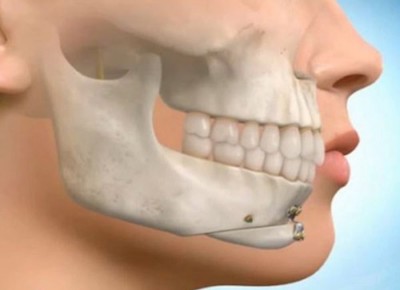 What do you do when you figure out that your teeth alignment is all over the place?
What do you do when you figure out that your teeth alignment is all over the place?
Usually, people go to a general dentist for consultation. The general dentist then tells you that you may need braces, and then refer you to an orthodontist, a dental specialist managing malaligned teeth. Yes, they are the real qualified braces specialists, not the ones you find on social media who graduated from University of YouTube! And no, there is no University of YouTube.
The orthodontist will require you take two types of X-rays, namely orthopantomogram (OPG) and lateral cephalogram. A mould to record your upper and lower teeth will also be taken to make a study model. From there, dental and skeletal analyses are made. Your teeth not only should be aligned well but must also co-exist harmoniously with your facial skeleton. To put this simply; if your upper jaw skeleton is placed so far forward, no amount of braces treatment can align and retract your upper teeth backwards satisfactorily if the upper jaw skeleton does not also move backwards along with the teeth.

This is when your orthodontist refers you to an oral and maxillofacial (OMF) surgeon. They will work together to determine if you are a suitable candidate for orthognathic or jaw corrective surgery. One of the most, if not the most important aspects of orthognathic surgery is the surgical treatment planning. Clinical photographs from multiple angles will be taken as a preoperative reference. Then, the relationship of your upper and lower jaws is recorded using a device called facebow.
Before the actual surgery, mock surgeries will be performed on your teeth models according to analysis and measurement taken from the X-rays and facebow transfer. This is a delicate procedure because even half a millimetre counts! When the mock surgery is completed to the surgeon’s satisfaction, a wafer or template of the final outcome of the mock surgery is fabricated as a guide for the actual surgery.
During surgery, typically your problematic jaws are cut, realigned and fixed with titanium plates and screws into the desirable new position. This is all done under general anaesthesia. With modern techniques, you should be able to leave the hospital 1-2 days after the surgery. Recovery and facial swelling may take several weeks to recover, and you are required to take soft diet for several weeks after the surgery.
Orthognathic surgery is performed by qualified and experienced OMF surgeons as it demands high precision and skills to carry it out successfully. The surgery can have dramatic effects on facial appearance but, we need to bear in mind that the main purpose of the surgery is to fix skeletal disharmonies of your upper and lower jaws, not a cosmetic surgery to transform your facial appearance. It helps you gain a better quality of life by being able to close your lips without strain and enjoy your food, for instance. If you wish to know more about the surgery specific to your condition, please visit the nearest dental practitioner.
Dr. Husna Razak (BDS) (KLE VK) is a dental officer working in the Kelantan. Know more about her in The Team page.
Reference:
- Fundamentals of Orthognathic Surgery, second edition, 2008 ; Malcolm Harris, Nigel Hunt
[This article belongs to The Malaysian Medical Gazette. Any republication (online or offline) without written permission from The Malaysian Medical Gazette is prohibited.]
